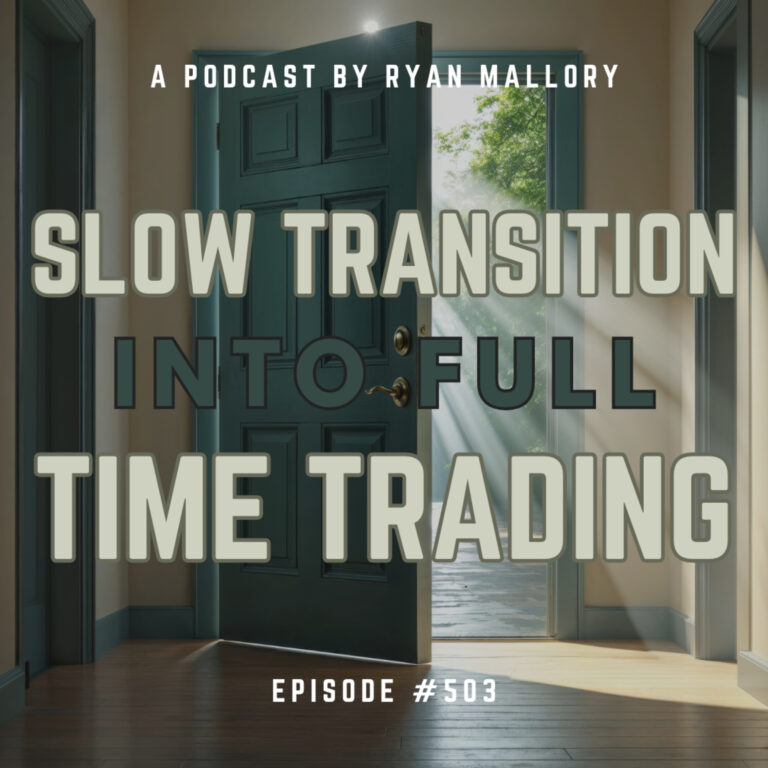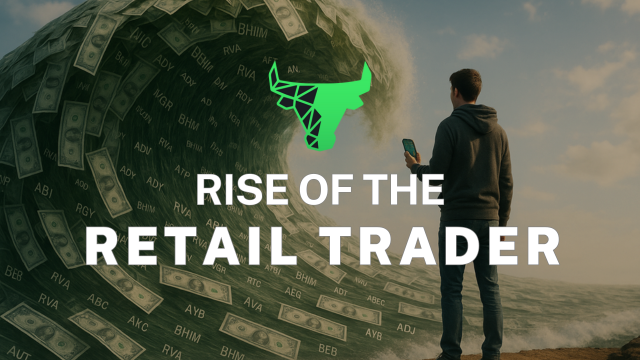It is one of the best kept secrets on the web in part due to the fact that I rarely speak of it.
Going back to SharePlanner’s origins has been my Investment Newsletter. Starting off in 2003, with a $100,000 in the portfolio it has steadily seen its value rise year after year in value. Today that portfolio rests at nearly +$1.9 million in value.
In 2008 when the markets had one of its worst years since the Great Depression, the SharePlanner Investment System still managed to eek out a nice profit.
It is a proprietary trading formula that I created originally for myself and my personal retirement account but years ago I rolled it out to public to be a part of. In essence it takes advantage of oversold stocks with specific price patterns using my own indicators to find those stocks that are most likely to push higher in the coming weeks and months.
As you can see below from the results of 2013, I had 33 investment picks with a 61% accuracy and with the average return providing subscribers with 6% on each trade (including winning and losing investment picks).
My picks only come from the S&P 500, and you are only required to buy the stock at the market open and add a 10% trailing stop-loss to it – That’s It!!!
We also have a handful of winning positions in our current portfolio like Mastercard (MA) that we bought at $622.04 on 8/23/13 and is now trading at 826.69 with 33% in gains.
The best part of it all, is that it is the cheapest system for purchase on the web at only $19.95 per month and works great with IRA’s, 401(k)’s and other retirement accounts as it only trades stocks to the long side.
So check out the results below and give the SharePlanner Investment System a try at $19.95 per month by clicking here.
Here’s 2013’s Investment System Results:

Subscribe to the SharePlanner Investment System Today!

Welcome to Swing Trading the Stock Market Podcast!
I want you to become a better trader, and you know what? You absolutely can!
Commit these three rules to memory and to your trading:
#1: Manage the RISK ALWAYS!
#2: Keep the Losses Small
#3: Do #1 & #2 and the profits will take care of themselves.
That’s right, successful swing-trading is about managing the risk, and with Swing Trading the Stock Market podcast, I encourage you to email me (ryan@shareplanner.com) your questions, and there’s a good chance I’ll make a future podcast out of your stock market related question.
How should one go from their regular 9-5 job into full-time trading? As a swing trader, we don't have to necessarily be full-time, and instead we can combine our trading into a lifestyle that allows us to maximize our time and earning ability.
Be sure to check out my Swing-Trading offering through SharePlanner that goes hand-in-hand with my podcast, offering all of the research, charts and technical analysis on the stock market and individual stocks, not to mention my personal watch-lists, reviews and regular updates on the most popular stocks, including the all-important big tech stocks. Check it out now at: https://www.shareplanner.com/premium-plans
📈 START SWING-TRADING WITH ME! 📈
Click here to subscribe: https://shareplanner.com/tradingblock
— — — — — — — — —
💻 STOCK MARKET TRAINING COURSES 💻
Click here for all of my training courses: https://www.shareplanner.com/trading-academy
– The A-Z of the Self-Made Trader –https://www.shareplanner.com/the-a-z-of-the-self-made-trader
– The Winning Watch-List — https://www.shareplanner.com/winning-watchlist
– Patterns to Profits — https://www.shareplanner.com/patterns-to-profits
– Get 1-on-1 Coaching — https://www.shareplanner.com/coaching
— — — — — — — — —
❤️ SUBSCRIBE TO MY YOUTUBE CHANNEL 📺
Click here to subscribe: https://www.youtube.com/shareplanner?sub_confirmation=1
🎧 LISTEN TO MY PODCAST 🎵
Click here to listen to my podcast: https://open.spotify.com/show/5Nn7MhTB9HJSyQ0C6bMKXI
— — — — — — — — —
💰 FREE RESOURCES 💰
— — — — — — — — —
🛠 TOOLS OF THE TRADE 🛠
Software I use (TC2000): https://bit.ly/2HBdnBm
— — — — — — — — —
📱 FOLLOW SHAREPLANNER ON SOCIAL MEDIA 📱
*Disclaimer: Ryan Mallory is not a financial adviser and this podcast is for entertainment purposes only. Consult your financial adviser before making any decisions.





